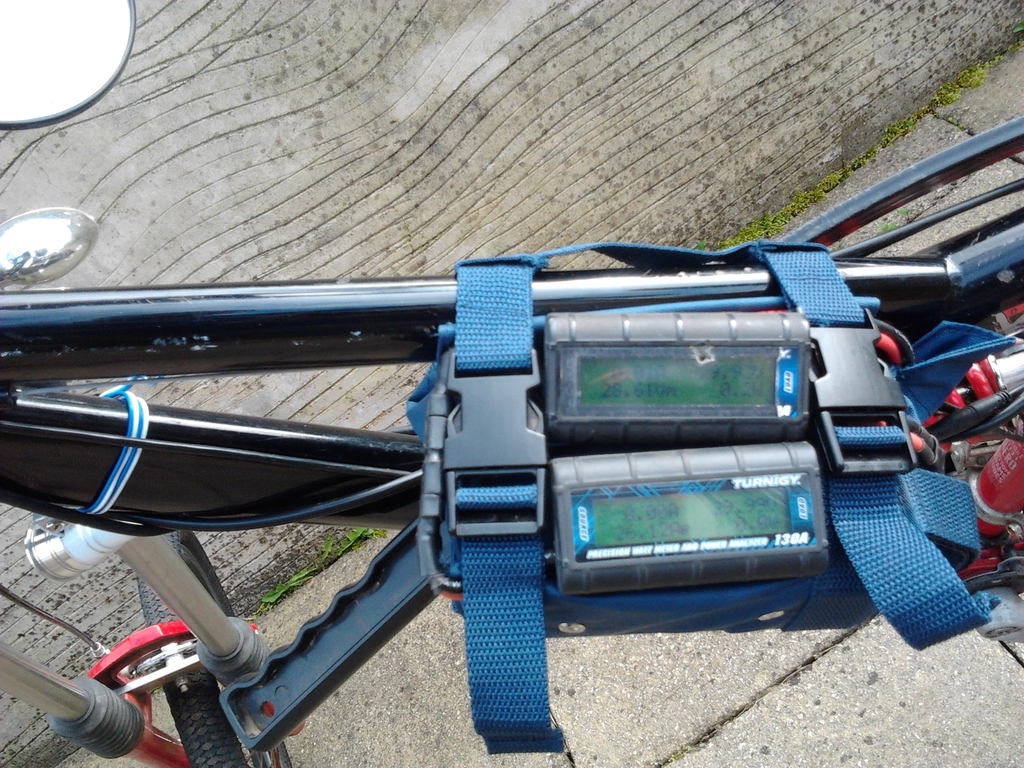Hi Kevin and

to the forum.
I'm pretty sure that you are adjusting the correct parameters that should set the maximum voltage and current allowed during regenerative braking, but I'm not sure how fast the motor would have to be turning before it is likely to reach the set voltage and current limits.
The EBS function
(Electronic Braking System) basically allows the motor to be used as a non-frictional braking device to assist the mechanical brakes, and if the motor is turning fast enough it can also produce surplus energy.
This surplus energy is allowed to flow back into the battery without exceeding the preset maximum current and voltage values.
Is it possible that you have not been braking at high enough speeds to produce much regen current?
The hub motors fitted with the internal vector controllers seem to immediately produce plenty of electromagnetic dynamic braking force the instant the brake switch is operated.
However, at lower speeds
(below 15mph) I noticed that the motor doesn't actually produce any noticeable current
(even though the braking effect is very strong) whereas braking at higher speeds can produce a large amount of current.
I used two wattmeters connected in series to measure the maximum motor drawn current and regen current throughout the ride, one is simply wired in reverse
(battery on LOAD side and motor on SOURCE side) to enable the regen current to be measured:

Maximum wattage was 892.8W under power and 567.4W generated during regen @ 21.87mph with ~31V battery voltage.
Maximum current was 29.98A under power and 17.92A produced during regen.
I tried the same test later when the battery voltage had dropped and the regen result was much higher:
Maximum wattage was 798.2W under power and 805.2W generated during regen @ 20.00mph with ~30V battery voltage.
Maximum current was 27.46A under power and 26.12A produced during regen.
It would be interesting to see some dynamometer style testbed figures showing current and voltage output from the EBS function in relation to the actual motor rpm.
Alan